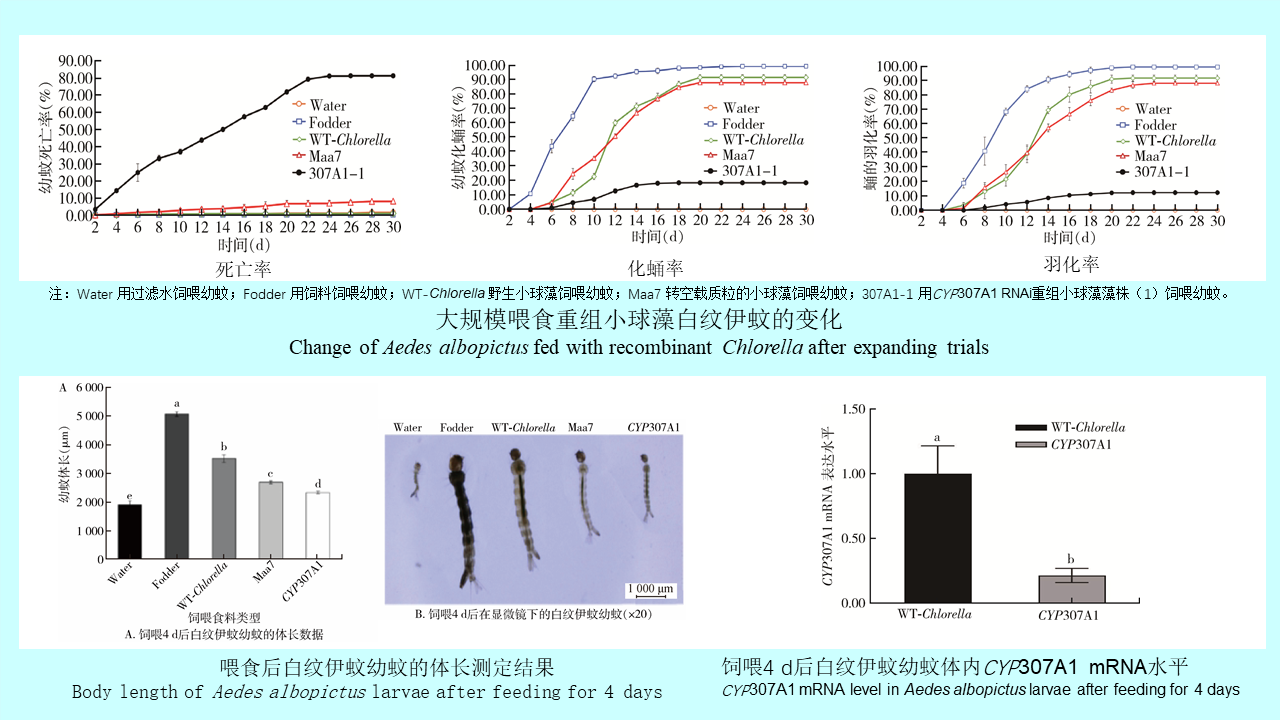 PDF(3280 KB)
PDF(3280 KB)


CYP307A1 RNAi重组小球藻口服喂饲对白纹伊蚊的致死作用
黄小丹, 肖洒, 贺长皓, 李智杰, 张秀霞, 李亚军, 费小雯, 邓晓东
中国媒介生物学及控制杂志 ›› 2023, Vol. 34 ›› Issue (3) : 336-343.
 PDF(3280 KB)
PDF(3280 KB)
 PDF(3280 KB)
PDF(3280 KB)
CYP307A1 RNAi重组小球藻口服喂饲对白纹伊蚊的致死作用
 ({{custom_author.role_cn}}), {{javascript:window.custom_author_cn_index++;}}
({{custom_author.role_cn}}), {{javascript:window.custom_author_cn_index++;}}Lethal effects of recombinant CYP307A1 RNAi Chlorella by feeding on Aedes albopictus
 ({{custom_author.role_en}}), {{javascript:window.custom_author_en_index++;}}
({{custom_author.role_en}}), {{javascript:window.custom_author_en_index++;}}
| {{custom_ref.label}} |
{{custom_citation.content}}
{{custom_citation.annotation}}
|
/
| 〈 |
|
〉 |